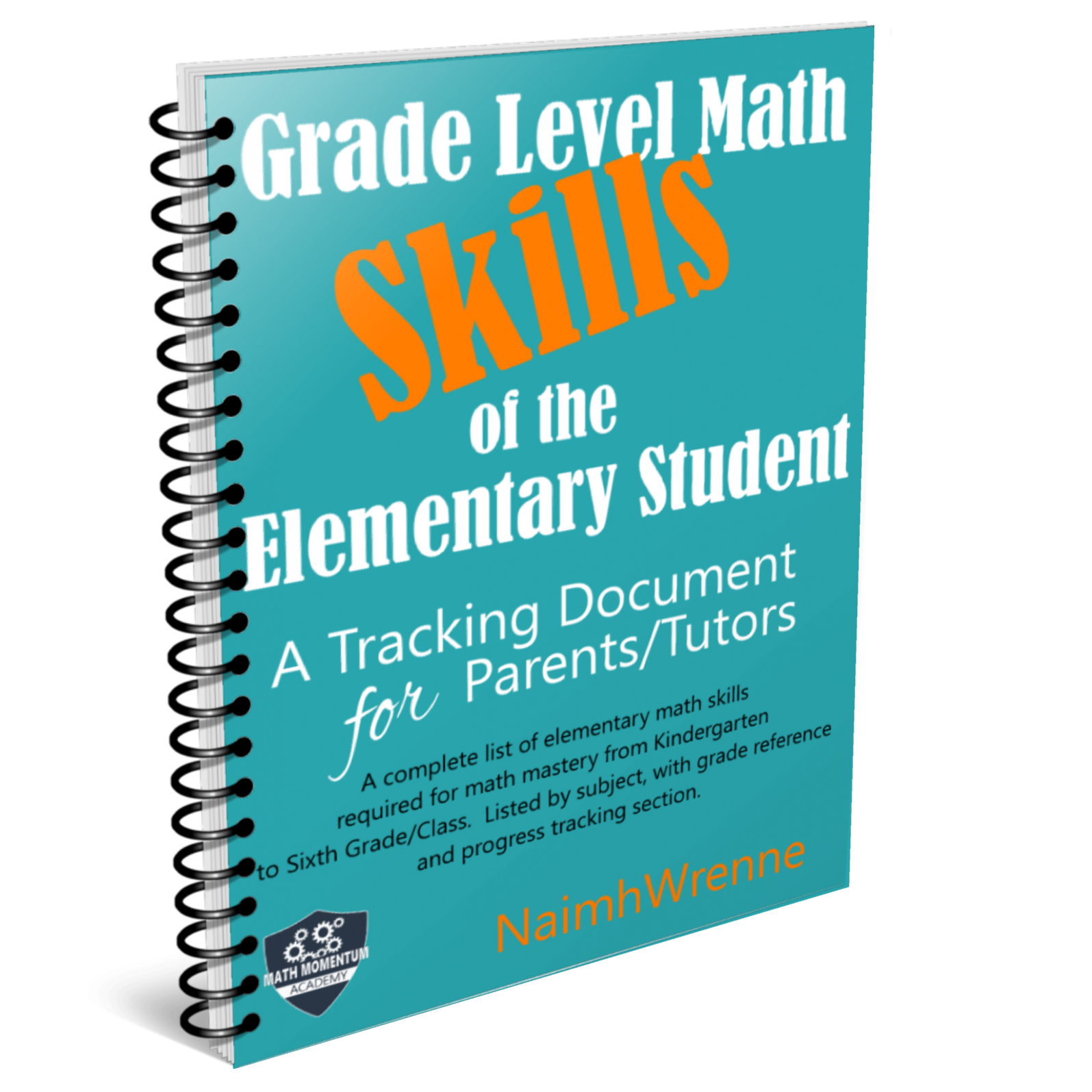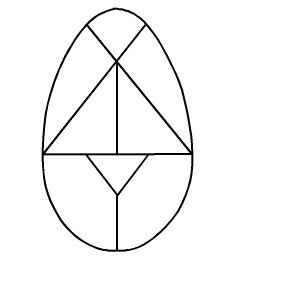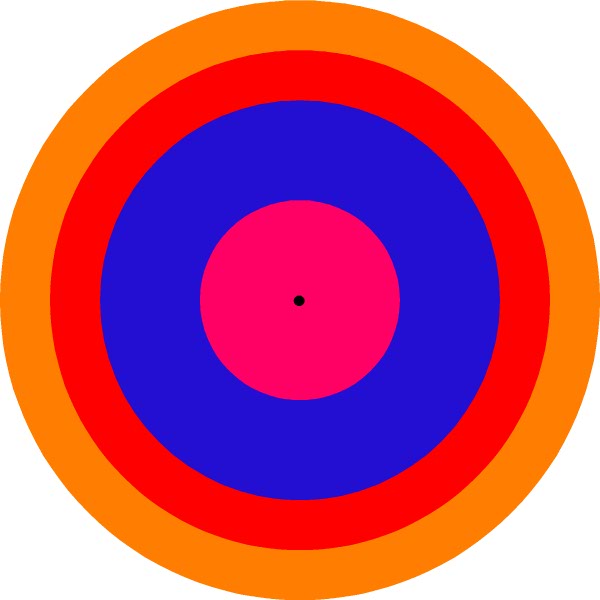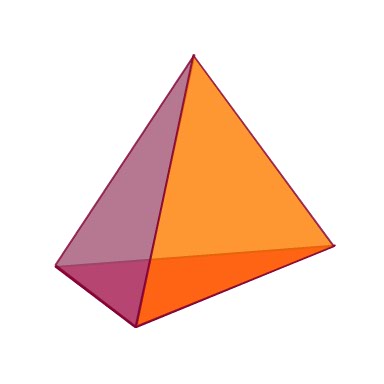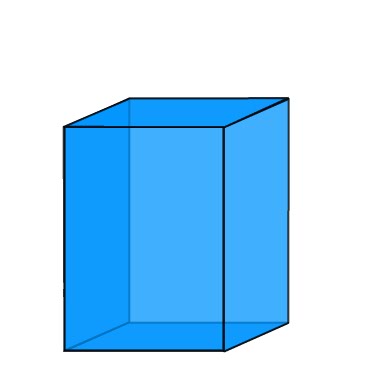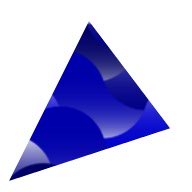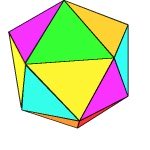Master the Right Triangle
in Five Specific stages

Five steps to knowing the right triangle. Knowing that a triangle is a triangle is no longer enough! Knowledge of specific triangle types is now required. That's okay - it just adds to the 'triangle'. Nobody came along and decided to just make the triangle harder - but because each triangle has specific qualities and abilities within the world of geometry, it is necessary. And the Right Triangle is powerful within geometry!
The Five Steps
The five steps detailed bellow take a look at basic identification, calculating the area and perimeter, how to construct the right angled triangle and it's relationship to 3D shapes.
These steps also include 'pit stops' to complete fun geometry projects and coloring sheets.
These are nice 'breathers' on the learning curve, but they are excellent ways of reinforcing the new knowledge in ways that your kid can get areal life, hands on approach to understanding the basic geometry concepts included.
Okay, so let's get started ...
Identify the Right Triangle
How do we know a triangle is right?
A Right Triangle is identified by one of it's angles. If one angle in the triangle is a Right Angle (90 degrees) then the triangle is a Right Triangle.
And that's all there is to it! Of course to be able to do this, your child must be at the minimum able to visually identify angle as either 90 degrees, less than 90 degrees or greater than 90 degrees. You can visit our geometry angles worksheets to offer them practice at this, if it is required.
Once your child is comfortable with angle recognition, offer them a triangle worksheet or two, to see how they get on with identifying triangles with one 90 degree angle.
A point to note here, is that triangles are not only identifiable by their angles, but by their side lengths also.
So having said this ...it is possible for a right triangle to have two lengths the same, which means it can also be an Isosceles Triangle - now it is identified by BOTH attributes,either a Right Isosceles Triangle (most common form) or an Isosceles Right Triangle (not as common but still correct.
It can also be a Right Scalene Triangle - but NEVER a Right Equilateral!!!!
Calculate Area and Perimeter

The Area of a this type of triangle is calculated the same way as EVERY triangle. It is always half the length of the base multiplied by the perpendicular height of the triangle, in this case, the perpendicular height is always the length of the vertical side of the triangle.

The Perimeter of ANY shape is simply the sum total of all the lengths of the shape - and a triangle is no different.
The perimeter of this shape is a + b + h
How to Construct a Right Angled Triangle
A right triangle with no other predetermined attributes.

Step 1: Draw a straight line lightly using your ruler and pencil on your paper. - This is what we call a construction line.
Step 2: Indicate on this line, one point - this point will be the vertex of your triangle.
Step 3: Using your protractor, find the point at 90 degrees to your first line, mark it.
Now connect that point to your first to create your 90 degree angle.
Step 4: Using your ruler, draw the lengths of the triangle in a heavier line (I have used blue in my image). This indicates the first two sides of your triangle.
 |
 |
Step 5: Connect the ends of these lines, to make your third side.
A right triangle with predetermined line lengths.
Step 1: Complete Steps 1 - 3 above.
Step 2: Using your ruler measure the lengths of the triangle sides you were given, marking each point clearly on your construction lines.
Step 3: You now have three points on your construction drawing.
Connect these three points, to make your triangle.
Relationship to 3D Shapes
The three 3d Figures a Kindergarten through sixth grade student is most likely to deal with are the Triangular Prism, pyramid, circle geometry and the Sphere.
However, the sphere geometry is actually very unlikely!
Geometric Coloring Sheets
The use of coloring sheets allows your child to start experimenting with triangles. A great first step is to encourage your child to color in triangles adjacent to each other with the same color, until their shape starts to look like 'something'.
Perhaps that something will be a rectangle or a house. By doing this, your child will start to realize the connection between different shapes.
You will find some nice free geometric coloring pages with trianglesto download here.
Return from this Right Triangle page to our Diffferent Types of Triangles Section.
I am sure you will find all the information and worksheets you need here, however if there is anything you cannot find please don't hesitate to contact me or simply visit the MathMomentumCommunity and join the conversation!
I love to hear from my readers, and with a little feedback and a few suggestions I can make this a great resource for parents, teachers and tutors alike.
Be sure to explore everything on this site starting at the home page.

